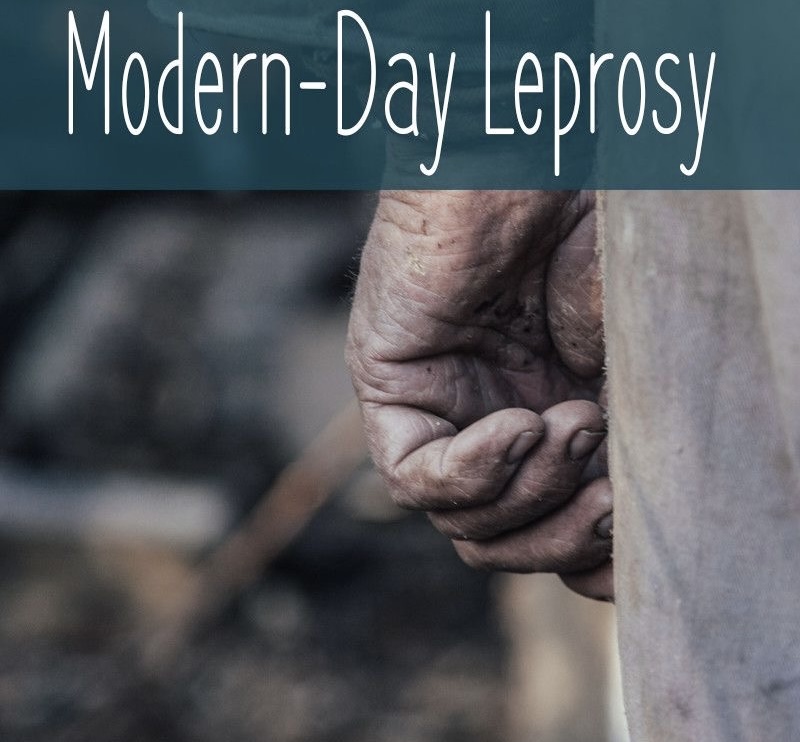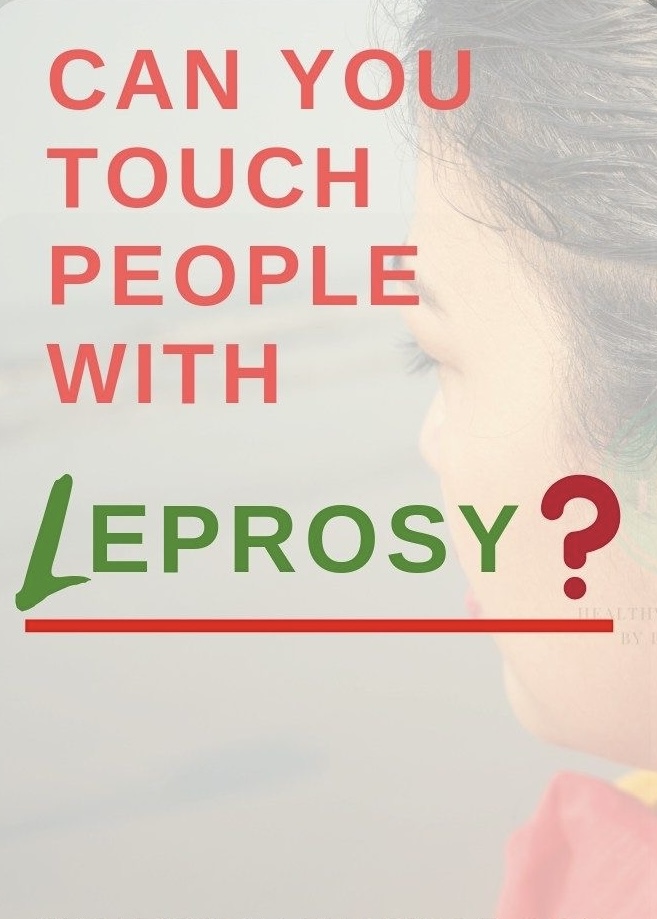
Ladies and gentlemen, today marks an important day in our global calendar – World Leprosy Day. It is a day dedicated to raising awareness about leprosy, a disease that has plagued humanity for centuries, and to promote early detection, treatment, and prevention. Leprosy is a debilitating and stigmatized disease that has affected millions of people around the world, yet it remains an overlooked and neglected public health issue. It is time that we shine a light on this often overlooked disease and work towards eradicating it once and for all.
Leprosy, also known as Hansen’s disease, is a chronic infectious disease caused by the bacterium Mycobacterium leprae. It primarily affects the skin, nerves, and mucous membranes, leading to disfiguration and disabilities if left untreated. Leprosy has been a scourge on humanity for thousands of years, with records of the disease dating back to ancient civilizations. Despite significant medical advancements, leprosy continues to persist in many parts of the world, particularly in developing countries with poor healthcare infrastructure.
One of the most pressing issues surrounding leprosy is the stigma and discrimination faced by those affected by the disease. Leprosy has long been associated with social exclusion and ostracization, with many individuals and communities facing discrimination, prejudice, and even violence due to the misconceptions and myths surrounding the disease. It is imperative that we dispel these erroneous beliefs and educate people about the realities of leprosy in order to empower those affected and foster a more inclusive and compassionate society.
Furthermore, early detection and timely treatment are crucial in preventing the devastating consequences of leprosy. The disease can cause irreversible damage to the nerves and other organs if not diagnosed and treated promptly. Tragically, many individuals in resource-poor settings lack access to proper healthcare and are often diagnosed with leprosy only after the disease has already progressed to an advanced stage. It is essential that we work towards enhancing healthcare infrastructure and promoting early diagnosis and treatment in order to prevent needless suffering and disabilities.
In addition to the medical and social aspects, leprosy also presents economic challenges for those affected and their communities. The disabilities and disfigurements caused by the disease often lead to reduced employability and income opportunities for individuals, exacerbating the cycle of poverty and marginalization. Addressing the economic impact of leprosy requires a multi-faceted approach that includes providing vocational training, job opportunities, and financial support to those affected, as well as promoting economic inclusion and empowerment within affected communities.
As we commemorate World Leprosy Day, it is imperative that we take concrete action to address the complex challenges posed by leprosy. This includes advocating for increased investment in leprosy research, diagnosis, treatment, and rehabilitation, as well as supporting the implementation of comprehensive healthcare and social programs aimed at eradicating the disease. Furthermore, we must work towards dispelling the stigma associated with leprosy and promoting a more inclusive and empathetic society that embraces and supports those affected by the disease.
Ultimately, the eradication of leprosy requires a collective effort from all sectors of society, including governments, healthcare providers, non-governmental organizations, and the general public. It is only by working together with a sense of urgency and determination that we can overcome the challenges posed by leprosy and ensure a world free from the burden of this ancient disease.
On this World Leprosy Day, let us reaffirm our commitment to combating leprosy and standing in solidarity with those affected. Together, we can make a meaningful impact in the fight against leprosy and work towards a world where no one suffers from the devastating consequences of this disease. It is time to act, it is time to make a difference.
Societal reform recommended Steps to consider
1. Education and awareness campaigns: Implementing educational programs in schools, communities, and healthcare facilities to inform people about the facts, causes, and treatment of leprosy, as well as dispelling myths and misinformation.
2. Advocacy and collaboration: Working with local, national, and international organizations to advocate for the rights of individuals with leprosy, and collaborating with stakeholders to address discrimination and social stigma.
3. Media and social media engagement: Utilizing various media platforms to raise awareness and promote positive portrayals of individuals with leprosy, and engage with social media to share stories and experiences of those affected by leprosy.
4. Healthcare services: Ensuring that individuals with leprosy have access to adequate healthcare services, including diagnosis, treatment, and rehabilitation, and training healthcare professionals to provide empathetic and supportive care.
5. Legal and policy reform: Pushing for legal and policy changes to protect the rights and interests of individuals with leprosy, including anti-discrimination laws and policies, and ensuring their inclusion in social and economic programs.
6. Community involvement and support: Encouraging community participation in supporting individuals with leprosy, and promoting their inclusion in social activities and the workforce.
7. Empowerment and leadership: Providing opportunities for individuals with leprosy to become leaders and advocates in their communities, and empowering them to share their stories and experiences to fight discrimination.
FOLLOW US ON SLAYLEBRITY TO KEEP UP WITH BWS
3 thoughts on “It’s World Leprosy day”
Leave a Reply
You must be logged in to post a comment.






Hi, can leprosy be permanently treated?
Also, do cockroaches really cause the disease? Thank you.
Leprosy, also known as Hansen’s disease, is a chronic infectious disease caused by the bacteria Mycobacterium leprae. It primarily affects the skin, the peripheral nerves, mucosa of the upper respiratory tract, and the eyes. Leprosy is one of the oldest diseases known to humankind, with evidence of its existence dating back to 2000 B.C. It has been widely misunderstood and stigmatized throughout history, leading to social ostracization and discrimination of affected individuals.
The good news is that leprosy is a curable disease, and with early diagnosis and multi-drug therapy, it can be effectively and permanently treated. Multi-drug therapy (MDT) for leprosy was developed by the World Health Organization (WHO) and is a combination of three antibiotics: dapsone, rifampicin, and clofazimine. Patients undergo a strict and supervised treatment regimen that can last from six months to a year, depending on the severity of the disease. MDT has been highly successful in curing leprosy and preventing its spread, and it is provided free of charge to all patients worldwide.
Additionally, advancements in medical research and technology have led to the development of alternative treatment options, such as immunotherapy and regenerative medicine, that show promise in improving the outcomes for leprosy patients. These treatments aim to boost the immune system’s response to the bacteria and promote nerve regeneration in affected individuals.
Despite the effective treatment options available, the social stigma and misconceptions surrounding leprosy continue to impede efforts to eradicate the disease. Many people still believe that leprosy is a punishment for sin, a curse, or even a hereditary condition, which leads to fear, discrimination, and ostracization of individuals affected by the disease. To address this issue, it is crucial to educate communities about leprosy, its causes, treatment, and prevention, and to advocate for the rights and dignity of affected individuals.
Now, let’s address the question of whether cockroaches cause leprosy. The short answer is no. Cockroaches do not cause leprosy. Leprosy is primarily transmitted through respiratory droplets from infected individuals, as well as prolonged close contact with untreated individuals. The bacteria that cause leprosy cannot survive outside the human body for long periods, and thus, the transmission of leprosy through insects or animals, including cockroaches, is highly unlikely.
The misconception that cockroaches cause leprosy may stem from the fact that they are known carriers of various pathogens and disease-causing microorganisms. Cockroaches are commonly associated with unsanitary conditions and can contribute to the spread of other illnesses, such as food poisoning and allergies, but they do not play a role in the transmission of leprosy.
To sum this up , leprosy is a curable disease that can be permanently treated with multi-drug therapy, early diagnosis, and proper medical care. Effective treatment options exist, and ongoing research efforts hold promise for even better outcomes for leprosy patients in the future. However, the persistence of misconceptions and stigma surrounding leprosy remains a significant challenge to its eradication. It is essential to continue raising awareness, advocating for the rights of affected individuals, and promoting accurate information to combat the social stigma associated with the disease.
Furthermore, it is important to dispel myths and misconceptions, such as the false belief that cockroaches cause leprosy, in order to prevent unwarranted fear and discrimination. Through education, cooperation, and public health initiatives, we can work towards eliminating leprosy and ensuring that all individuals affected by the disease receive the care and support they need.
Alright, thank you